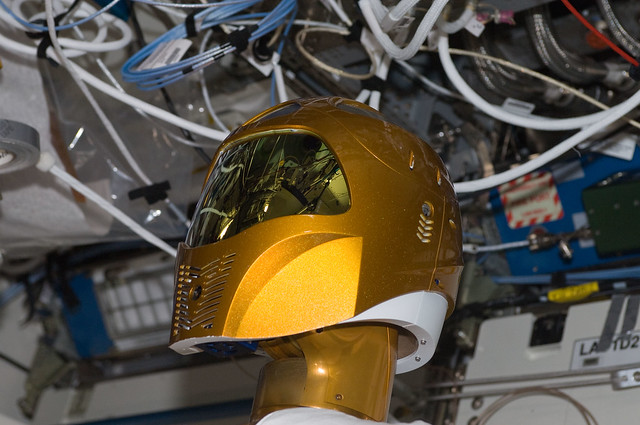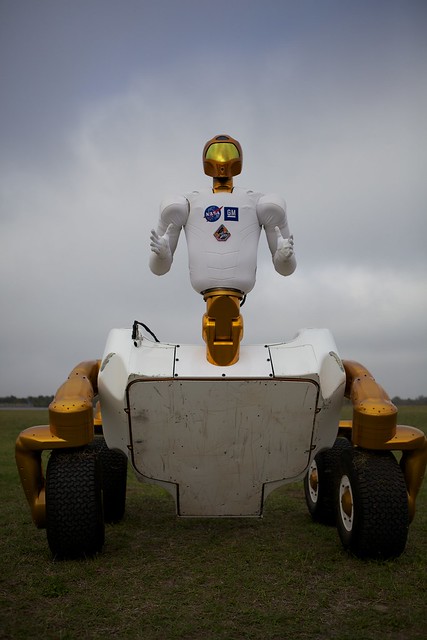The future of the biometrics dragnets that identified an Islamic State executioner is on a hilltop in West Virginia
On Thursday, the Washington Post and BBC publicly identified Mohammed Emwazi, a British-educated, Kuwaiti-born man in his mid 20s, as “Jihadi John,” the Islamic State frontman who executed several hostages on camera, to the world’s horror.
We will not comment on ongoing investigations and therefore are not in a position to confirm or deny the identity of this individual,” the FBI said Thursday.
Denials aside, FBI director James Comey said months ago that they knew John’s identity.
If the FBI has in fact identified Jihadi John, the victory was, in part, a product of the FBIs growing collaboration with the Department of Defense — a relationship that will grow much more cozy in the coming years, in the black cherry tree dotted hills of Clarksburg, West Virginia.
About four hours away from WashingtonD.C. sits the headquarters of the FBI’s Criminal Justice Information Services Division, or CJIS, which houses the bureau’s Biometric Center of Excellence. The center is not a place so much as a program begun in 2007 that plays a key role in making use of all the biometric data that comes into the FBI’s possession. That’s every fingerprint, every image, and every phone message that anyone sends to the FBI.
“Bottom line for us … if any of our divisions, whether it be our counterterrorism division, our criminal division, if at any time during their investigations they develop biometrics … they submit it through our system,” Stephen L. Morris, assistant director of the CJIS, told Defense One at a recent conference in Washington. In terms of identifying John, he said, “I’m not going to tell you how we did it,” but added, “You have to have something to search … you can have images with faces but if you’re not capturing it in the right way, if there’s not data in that image to make a comparison, it’s just not useful.”
This, in part, is why the biometric center plays a role in bringing parties, and their biometric databases, together. The FBI’s system is called the Next Generation Identification, or NGI. It includes photos, aliases, physical characteristics and, of course, fingerprints. Today, it’s completely interoperable with the military’s Automated Biometric Identification System, or ABIS, and the Department of Homeland Security’s Automated Biometric Identification System, or IDENT. The center also works with the State Department and allied law enforcement agencies around the world. The FBI and Britain’s MI5 have been working together to identify John.
Obtaining a biometric record on a suspect to match against a terrorist video of a masked jihadi is not something done easily or robotically. It requires old school investigation, either sifting through lots of hours of collected video footage and comparing that to crime videos (such as beheadings), or going out into the field to find voice samples on suspects to match against crime videos, or both.
This is where the Defense Department’s extensive library of biometric signatures, gathered on the field in places like Iraq and Afghanistan, can play a role in future investigations. The department’s biometrically enabled watch list, or BEWL, houses more than 200,000 records.
“I can’t speak enough about our relationship with the Department of Defense. After 9/11, our mission in life changed. It was all about national security, our partnership with DHS and DOD — to say it expanded is an understatement,” Morris said at a recent biometrics conference in Washington, D.C.“Their ABIS system was connected with our system, so they have a small group of folks who are out there [in West Virginia] in charge of their system. Having them co-locate with us has been very important.”
Watch ‘Jihadi John’ and the Future of the Biometrics Terror Hunt in News | View More Free Videos Online at Veoh.com
That important relationship is about to get a lot more intimate. Later this year, the FBI is going to open a $328 million, 360,000-square foot Biometric Technology Center next to the current CJIScampus. The Defense Department will get about 40,000 square feet in the building, which will also consolidate the FBI’s biometric workers and operations. “Anything and everything we do will be run out of that building,” said Morris.
In September of last year, the FBI announced that the $1.2 billion dollar NGI system was fully operational (it was rolled out in increments over a period of years). If it works according to plan, it will provide law enforcement with a very fast and reliable sense of exactly who they are talking to, what threat that individual may pose, and what records they’ve left — fingerprints, voiceprints, etc. — in what places.
But fingerprints don’t help you catch everyone. Voice recognition played a key role in the identification of Jihadi John, according to published reports. The FBI’s biometric center site lists voice recognition as one of its key modalities, or areas of study, along with DNA and others, but fingerprints and more traditional biometric signatures make up a bulk of the records it manages.
Voice, in many ways, represents a crucial gap in biometrics collection for both the Defense Department and law enforcement. In a noisy environment it can be very hard to get a dataset to do matching against, a huge technical issue that the government is actively looking to solve.
In Iraq and Afghanistan, soldiers have compiled huge datasets of people that they have come across, including finger scans, pictures, and iris scans. Any of those can serve as a reliable red flag for a Turkish border guard, or, for that matter, a New York cop with a suspect in the chair. But they don’t do much against a villain broadcasting terror from a safely fortified mountaintop in Syria.
Some of the men fighting with ISIS today have probably left their fingerprints in a few places where Western law enforcement could pick them up and share them. Technology, by itself, won’t find those places. But, once the data is found, it can make positive identification much faster and easier, as it apparently has withISIS’s most infamous fiend.









